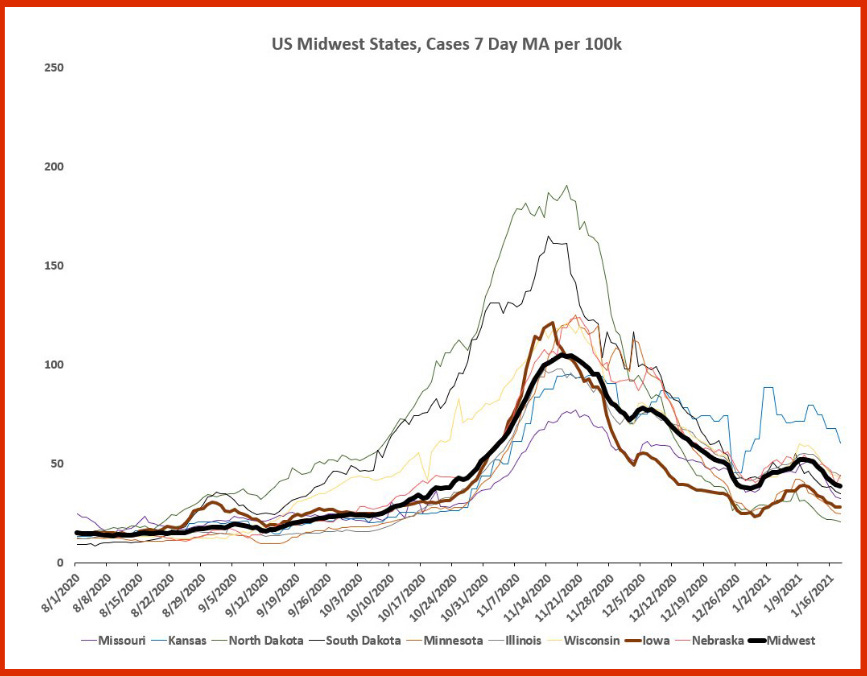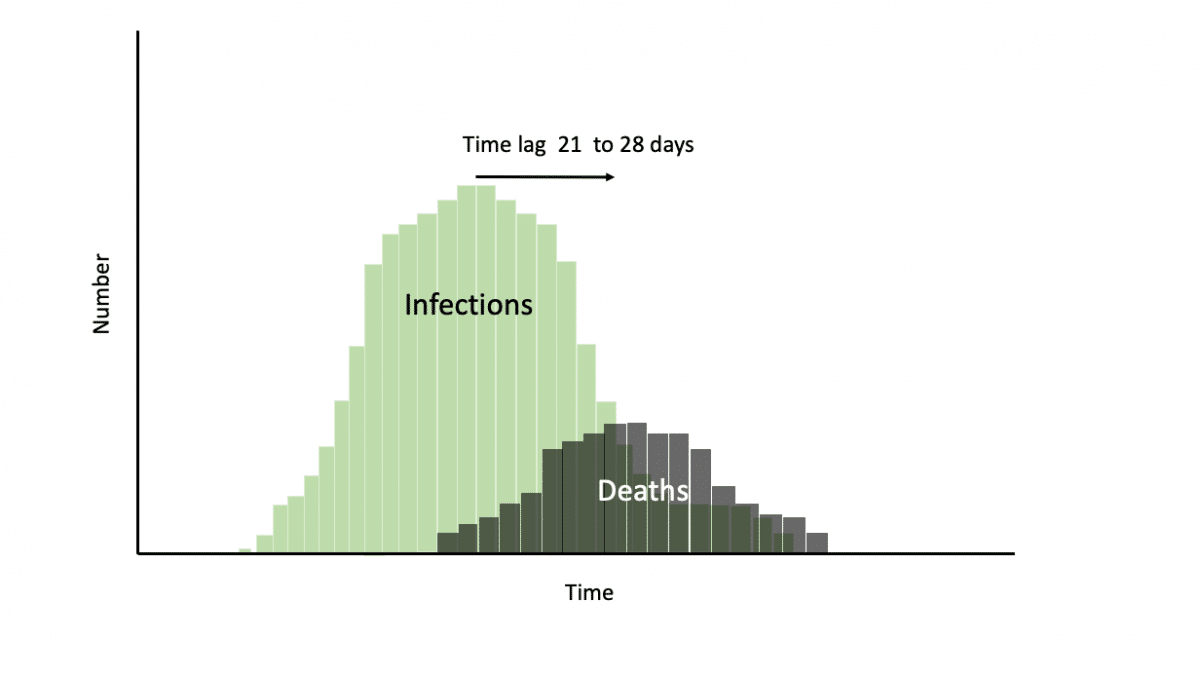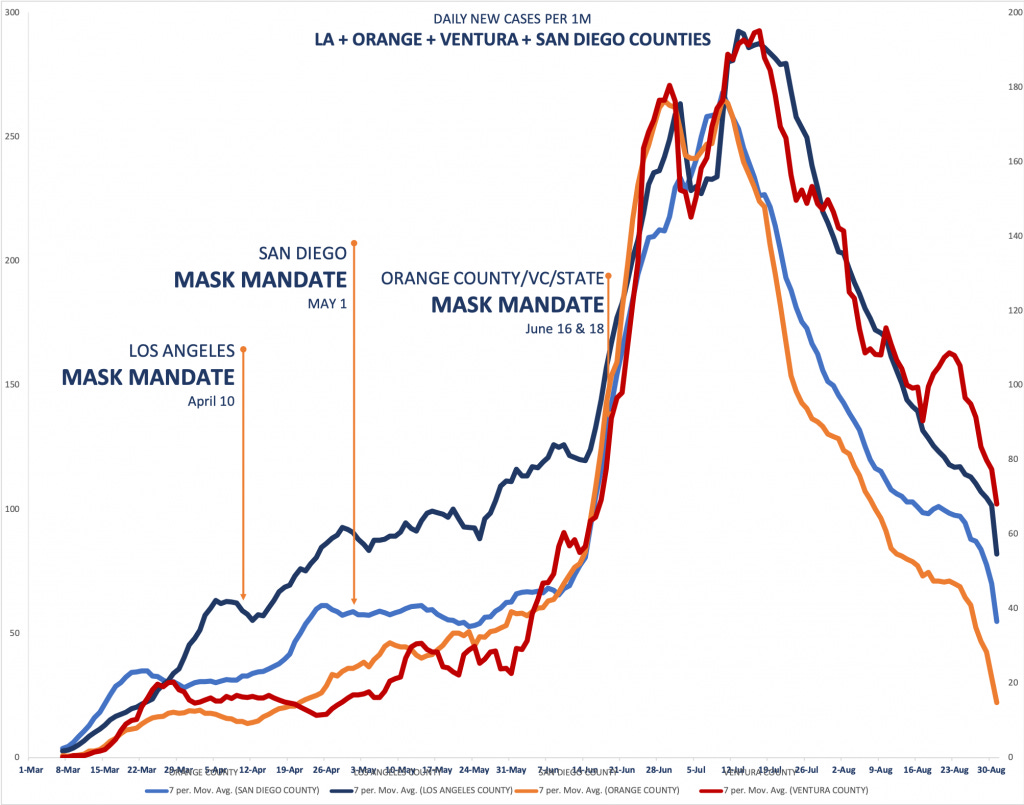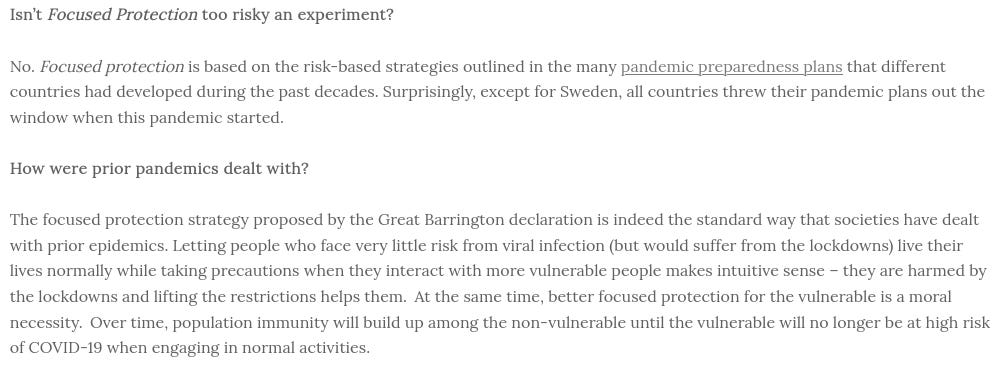How to spot bullsh*t arguments – Part 2
As the COVID clowncar tries to get itself back on the road again, there's never been a more important time to brush up on your logical fallacy-spotting skills.
In Part 1 of this mini-series, I covered the first ten of the twenty logical fallacies that the legendary American astronomer, cosmologist, astrophysicist, astrobiologist, author and science communicator, Carl Sagan, considered to be the most common and perilous.
Remember, logical fallacies are errors or gaps in the reasoning process that invalidate an argument. A person using logical fallacies to make their case may be doing so quite innocently, simply because they have never had any training in logic, but they may also be trying to bullsh*t you.
Consequently, learning to identify logical fallacies is a critical life skill that will help you navigate the sea of information that the 21st century world presents us all with, so that you can swim through it rather than drowning in it.
11. Non sequitur
Latin for 'It does not follow', a non sequitur is a conclusion that does not follow from the statements that lead to it. The non sequitur is often a signal that the person using it has simply failed to recognise alternative possibilities.
The argument that the entire population must be vaccinated against COVID-19 because a small percentage of people become seriously ill when infected, and a tiny percentage of them die, is a non sequitur. There are numerous alternative approaches to this problem, including focusing prevention efforts on those most at risk of serious illness and death, and developing more effective treatments that prevent serious illness and death - or simply employing those that have already been found to be effective.
12. Post hoc, ergo propter hoc
Latin for 'It happened after, so it was caused by', those using this fallacy assume that if event B occurs after event A, then B was caused by A.
Attributing a decline in 'case numbers', hospitalisation rates or death counts from COVID-19 to any government intervention is a post hoc, ergo propter hoc fallacy.
Any person with the slightest familiarity with epidemiology knows that infectious respiratory diseases follow a highly predictable pattern, with the rate of transmission rising slowly at first, then reaching a 'turning point' after which the transmission rate increases rapidly, builds to a peak, and then declines as the number of susceptible hosts diminishes:
This curve, first identified by William Farr in 1840 (and dubbed 'Farr's Law' in his honour) can easily be observed in all communities that have been exposed to SARS-CoV-2 (or any other respiratory virus), and the shape of the curve is resolutely unaffected by the timing of any government interventions including mask mandates, stay at home orders, business and school closures and curfews:

13. Meaningless question
Questions such as "How would you feel if your own grandmother got COVID and died because some selfish person didn't wear a mask?" fall into this category. Unless said person actually had symptoms of respiratory illness, and had direct and prolonged contact with my grandmother (if I still had a living grandmother, which I don't), there is no possibility of them killing granny simply by declining to wear a mask. Why? Because as Dr Anthony Fauci himself said,
"The one thing historically people need to realize [is] that even if there is some asymptomatic transmission, in all the history of respiratory-borne viruses of any type, asymptomatic transmission has never been the driver of outbreaks. The driver of outbreaks is always a symptomatic person. Even if there's a rare asymptomatic person that might transmit, an epidemic is not driven by asymptomatic carriers."
14. Excluded middle, or false dichotomy
This logical fallacy involves presenting only the two extremes in a continuum of intermediate possibilities, without acknowledging that there are many options between these extremes.
When the highly-credentialled and previously well-respected authors of the Great Barrington Declaration suggested that the correct response to COVID-19 was to revert to the guidance outlined in countries' previous pandemic preparedness plans - all of which specifically excluded mass quarantining of healthy people (even if exposed to the infectious agent), business closures and mask mandates - they were immediately dog-piled by critics who committed the false dichotomy fallacy by equating any movement away from lockdown-oriented policies with a 'let it rip' policy.
The focused protection strategy advocated in the Great Barrington Declaration by no means sanctions 'letting it rip'. Instead, it counsels that those most vulnerable to serious illness and death from infection with SARS-CoV-2 be maximally shielded, while those at low risk stay free to live their lives, so that they may be exposed to the virus and become immune, contributing to the herd immunity which will eventually protect the vulnerable.
15. Short-term vs. long-term
This logical fallacy is a subset of the excluded middle, but Sagan considered it so important that he pulled it out for special attention. It underlies many terrible decisions made by individuals, corporations and governments alike.
Implementation of economically and socially destructive policies in a quixotic attempt to restrict, control or prevent the spread of a highly contagious respiratory virus with a low fatality rate is the perfect example of this fallacy.
Even if it could be proved that any of the containment policies achieved a reduction in illnesses and death from COVID-19 (which multiple studies have forcefully disproven), these marginal benefits would be far outweighed by the long term harmful consequences of shutting down schools, businesses and places of worship, disrupting supply chains and preventing the social contact that is so critical to human health and well-being.
Government policies - not SARS-CoV-2 or COVID-19 - drove hundreds of millions of people - many of them children - into extreme poverty, unemployment and food insecurity; increased risky substance use, overdose deaths and family violence; severely compromised educational attainments, especially among underprivileged students (described by UNICEF as a "nearly insurmountable scale of loss to children’s schooling"); caused a sharp rise in physical inactivity, unhealthy eating patterns and weight gain (including in children and adolescents); drove deterioration in mental health, especially among women, children and adolescents; and sparked social disintegration and loss of cohesion.
Long-term damage is inflicted by public health policies which undermine the basic principles of liberal democracies - the rights to free speech, freedom of association, freedom of movement, freedom to use one's property and operate one's own business without interference by the state as long as one is not harming others.
These dangers were clearly recognised by former World Health Organization (WHO) Director-General, Dr Margaret Chan, who, during the 2009 swine flu outbreak, strongly advocated against shutdowns, quarantines and travel restrictions in even the hardest-hit countries:
"Let me make a strong plea to countries to refrain from introducing measures that are economically and socially disruptive, yet have no scientific justification and bring no clear public health benefit.
Rational responses are always best. They are all the more important at a time of economic downturn."
16. Slippery slope
This logical fallacy is also related to the excluded middle.
The argument that people who express concerns about the safety of vaccines are at risk of becoming violent extremists - I kid you not, this allegation was made by California senator Richard Pan, who received over US$95 000 from pharmaceutical lobbyists in 2013-2014, and in return rammed numerous pieces of pharma-friendly legislation through the California legislature - is an excellent example of the slippery slope fallacy.
Purveyors of this logical fallacy would have you believe that the mere act of questioning medical authorities and accepted wisdom puts people on a trajectory that leads them towards taking up arms and participating in violent activities.
17. Confusion of correlation and causation
Similarly to post hoc, ergo propter hoc, this logical fallacy assumes that if two events co-occur, they are causally related.
Many jurisdictions throughout the world counted, and continue to count, all deaths that occur in people who 'tested positive' to SARS-CoV-2 (using a PCR test that is incapable of detecting infection) as 'COVID-19 deaths', regardless of whether the deceased person showed any symptoms of respiratory illness, was already dying of some other disease, or was at the end of their expected lifespan.
Counting deaths with SARS-CoV-2 infection as deaths from SARS-CoV-2 infection is a stunning example of confusing correlation with causation. At the moment of death, an individual could have any number of bacteria, viruses, parasites and other potential pathogens in their body, but unless a clear chain of causation can be identified that links the presence of the 'bug' to the person's death, it is inaccurate to ascribe their death to the bug.
18. Straw man
This logical fallacy consists of caricaturing a position to make it easier to attack. Those using the straw man fallacy wilfully avoid addressing important points made by their opponents; hence it is one of the favourite techniques of the inveterate bullsh*t artist.
A stand-out example of the straw man fallacy is the accusation that people who are concerned about taking an inadequately tested, rushed-to-market COVID-19 injection that was never tested for its ability to prevent either infection with or transmission of SARS-CoV-2, only object to it because they believe Bill Gates wants to use it to microchip them.
19. Suppressed evidence, or half-truths
Deliberate concealment of important information greatly impairs our ability to make important decisions.
When current WHO Director General Tedros Adhanom Ghebreyesus announced that the death rate from COVID-19 was 3.4 per cent, sparking widespread panic in both the media and governments, he neglected to mention several important facts.
Firstly, it is impossible to accurately ascertain the case fatality rate at the beginning of an outbreak of a novel pathogen, largely because of selection bias - only the most severe, hospitalised cases have yet been identified.
As the outbreak progresses, better methods of identifying true cases develop, resulting in progressively more accurate estimates of the case fatality rate. The case fatality rate (CFR) for COVID-19 varies from 0.1 per cent in Singapore, Brunei, South Korea and various South Pacific island nations, to 18.1 per cent in war-torn Yemen. This huge variance obviously can't be attributed to differences in the virulence of the virus. Instead, it reflects enormous variation in underlying socioeconomic conditions, which affect the capacity of different regions to identify cases (especially through testing) and offer timely and effective treatment, as well as host-specific factors such as age, comorbidities and nutritional status.
Secondly, the infection fatality rate (IFR - the number of deaths occurring in all people exposed to the virus, including those not diagnosed as 'cases') is considerably lower than the case fatality rate. Median global IFR, prior to 'vaccination' or previous infection, is now estimated to be 0.0003 per cent at 0–19 years, 0.002 per cent at 20–29 years, 0.011 per cent at 30–39 years, 0.035 per cent at 40–49 years, 0.123 per cent at 50–59 years, and 0.506 per cent at 60–69 years. Only in those aged over 70 does the IFR break the 1 per cent line, with a median IFR of 2.9 per cent in community-dwelling elderly, and 4.5 per cent in the overall elderly population (including institutionalised individuals).
20. Weasel words
Weasel words are phrases that are designed to sound authoritative or meaningful, but lack content and true meaning. The invocation of 'racial justice' as a rationale to prioritise racial minorities for receipt of experimental COVID-19 injections that have not demonstrated either long-term efficacy or safety, is a fine example of the use of weasel words.
As Carl Sagan mused,
"Euphemisms for war are one of a broad class of reinventions of language for political purposes.”
Conclusion
Make no mistake: we are currently at war. However, unlike previous wars that we are all familiar with, this war is being waged on citizens by their own governments and the corporate interests that control them. As in all wars, propaganda is a crucial weapon, and we are being machine-gunned with it every single day.
To defend ourselves against propaganda, we must be able to detect the logical fallacies that undergird it. Identifying logical fallacies and challenging those who purvey them, at every opportunity, is crucial to developing effective intellectual self-defence. Practise these vital skills every day. Your health, your livelihood, and perhaps even your life may depend on it.








I don't enjoy the role of putting people on pedestals, but this body of work on the Empowered substack deserves an award of some kind. It has just been so useful - many thanks!
Your best series of posts so far Robyn! I never thought I would learn so much by reading about bullshit!